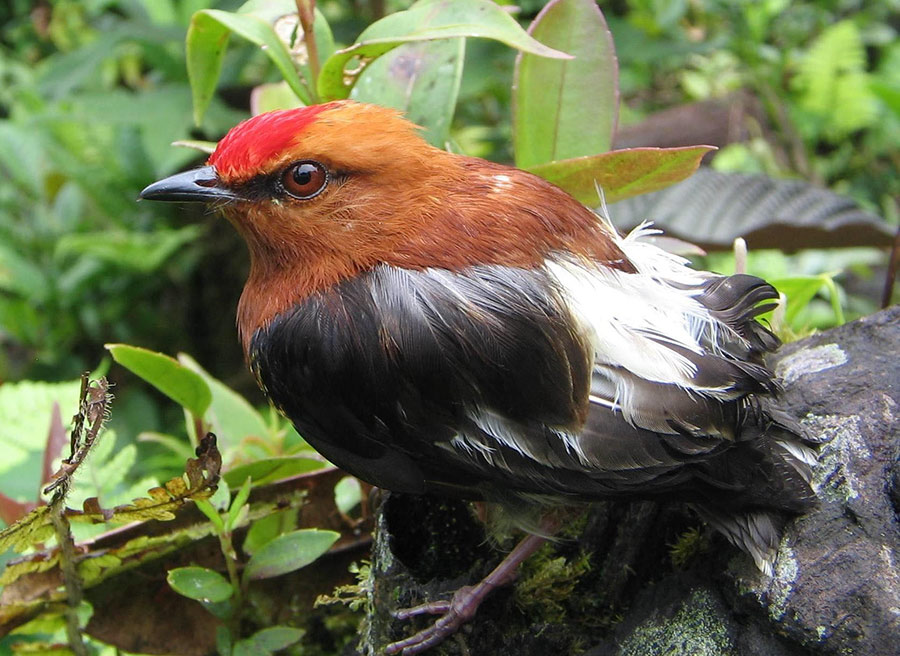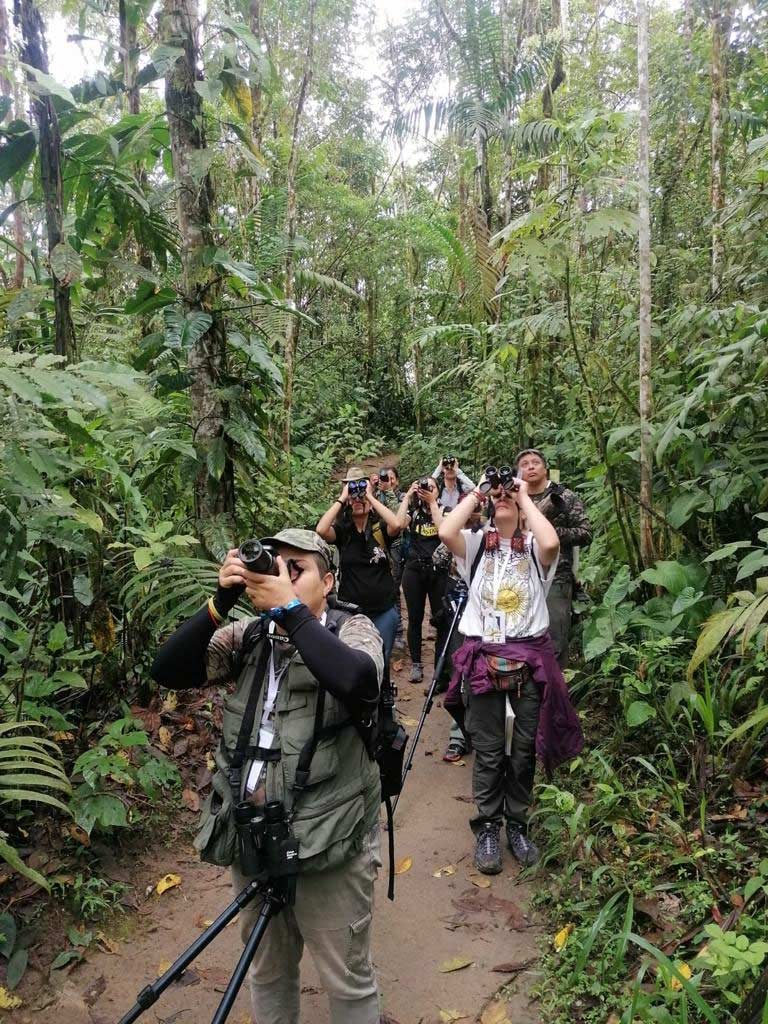Written by Natalia Ocampo-Peñuela & Corey Callaghan, posted on 12 December 2023
Birdwatchers are always looking for birds, whether it be in their backyard, their local patch, or hundreds of miles away in a tropical country on a birdwatching tour. Our passion to see as many birds as possible in our lifetime, and enjoy the beauty of their color and song, takes us on adventures that fulfill our existence. Those birding adventures also have the potential to contribute to local economies and might even be driving conservation efforts in the places we visit.
We are Natalia Ocampo-Peñuela – Colombian birdwatcher and Assistant Professor at the University of California, Santa Cruz, and Corey Callaghan – an unapologetic lister and Assistant Professor at the University of Florida, Fort Lauderdale. Although our personal lives center around birds, as researchers (our profession) our interest lies in understanding birdwatching to describe its current patterns and identify factors that lead to the success of birdwatching tourism globally.
Tropical countries, which hold the greatest bird diversity, but also face challenges from socio-economic inequality, can benefit from birdwatching tourism in several ways. This type of tourism is highly specialized, sustainable due to its low impact (when done responsibly), supports local economies, promotes conservation of bird populations and habitats, and can give economic value to the traditional ecological knowledge of birds that local guides hold. It is no surprise then that countries like Colombia, which still suffers with illegal armed conflict, are eager to develop this form of green economy.

Club-winged Manakin (Machaeropterus deliciosus) – a sought after Choco endemic (photo Natalia Ocampo-Peñuela).
Using eBird data, we have documented an increase in birdwatching activity globally, with the United States, India, and Colombia leading the growth. These data have also allowed us to map where birdwatching tourism is highest, and which places could have a thriving birdwatching tourism sector – based on the amount of rare and beautiful birds – but have not developed it yet. Countries like Costa Rica, Mexico, Peru, and Ecuador have the highest number of birdwatching tourists, and Colombia is becoming a close competitor in recent years. But some other countries with similar amounts of bird diversity and uniqueness have very few tourists, such as Bolivia and Venezuela. Why have these countries not realized their birdwatching tourism potential? How can successful examples from other countries guide the development of a thriving birdwatching tourism sector?

Birdwatchers enjoying some trail birding in Ecuador (photo Natalia Ocampo-Peñuela).
Part of these answers rely on understanding the decisions that birdwatchers make in visiting different countries. What drives birdwatchers to visit a country? Is it only the number of Lifers it can offer them? Are they concerned about their safety above all? Can accessibility explain why we visit some countries and not others? These are the kinds of questions that drive our research.
We want to ask your help in understanding how birdwatchers select their birding destinations. We would love it if you are willing to contribute to understanding these questions. If so, we ask that you (a) fill out this 10 minute survey about your decision making process when selecting a birdwatching destination and (b) share the survey with your local birding communities. Click HERE to access the survey. We appreciate your contributions!
Happy birding!
Natalia & Corey
